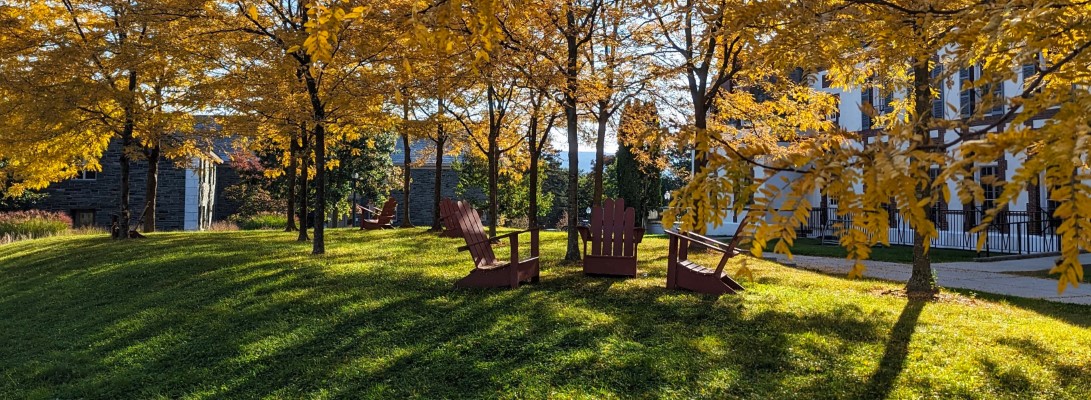Here’s some answers to questions you may have on the map-any other questions can be sent to tparsons@middlebury.edu
Why is (this tree) not on the map?
Well, some areas of campus have not been mapped yet, Some areas of campus (like Ridgeline) have different management techniques, so those trees aren’t mapped individually.
What do you use to make the map?
The original map itself was on ArcView 9.3, in a file geodatabase. The trees were put on a Dell Axim Pocket PC running ArcPad, with the data entry forms written in ArcPad Application Builder.
In 2022 we moved the dataset to ArcGIS Online. Now, after having moved online, we use ArcGIS Field Maps . It’s all done on our phones, or sometimes on an iPad.
How long did it take?
Well, um, quite a while. Most of the mapping was done in the winter, picking away an hour here and there. The original map was done from 1999-2002 by several groups of students, but some of the names and many of the tree measurements were incorrect.
How come the trees don’t line up with the photograph?
The tree locations were mapped using a GPS receiver on the Pocket PC, and GPS is highly variable in its accuracy. Some areas on north campus don’t seem to pick up the satellites as well. Also, the high resolution photograph on the campus map page doesn’t always line up, due to the way the plane flying over took the picture. (that’s why there are some trees that seem to be planted in Bi-Hall).
I’d like to know more about the ArcGIS part of the map.
Feel free to contact us with any questions about the GIS data. The information is stored online, but is tricky to make open and accessible, so we chose not to make it available to download.
